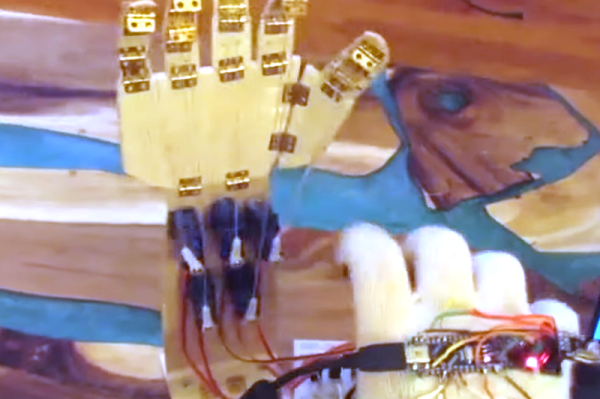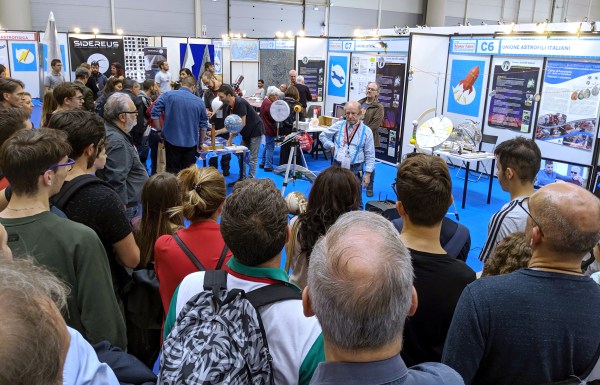Pelican cases are great if you need a rugged enclosure to protect some sensitive gear. They’re also highly moddable, and can make a great base for a Bluetooth speaker build.
Like many modern builds, this is very much a case of wiring together a series of off-the-shelf modules into a larger whole. A Tinyshine Bluetooth audio board is hooked up to a Dayton Audio Class D amplifier. Class D amplifiers are a great choice for any portable audio application for their compact size and good power efficiency. Power is supplied by a hand-built 3-cell 18650 pack, while a standard buck converter and battery protection board are subbed in to make sure the batteries stay happy.
Not wanting to skimp on audio quality, a pair of Dayton Audio full-range drivers are installed, negating the need for a crossover install, or multiple drivers per channel. There’s a third passive driver on the back side as well, though we’re not 100% clear on its purpose. If you’re clued in, let us know in the comments.
It’s a project that serves as a great blueprint for anyone wanting to build their own high-fidelity Bluetooth speaker. The relevant modules are all readily available – it’s just a case of hooking them up to a nice amp and a decent set of speakers. The design is all up to you – whether you go for a pipe, a bag, or something altogether entirely. Happy hacking!
Continue reading “Pelican Case Becomes Thumping Bluetooth Speaker”




















